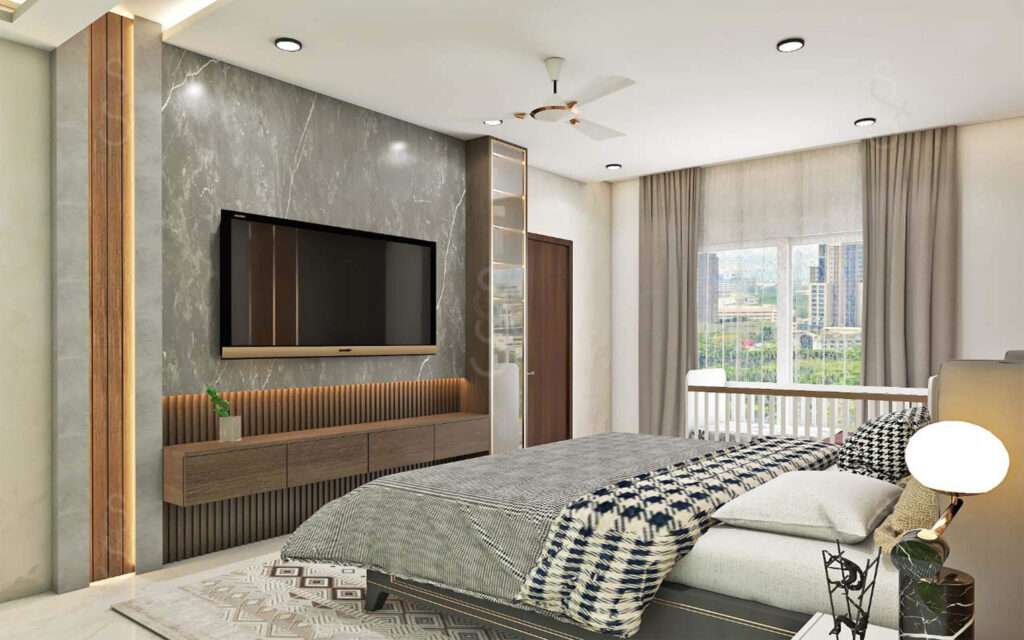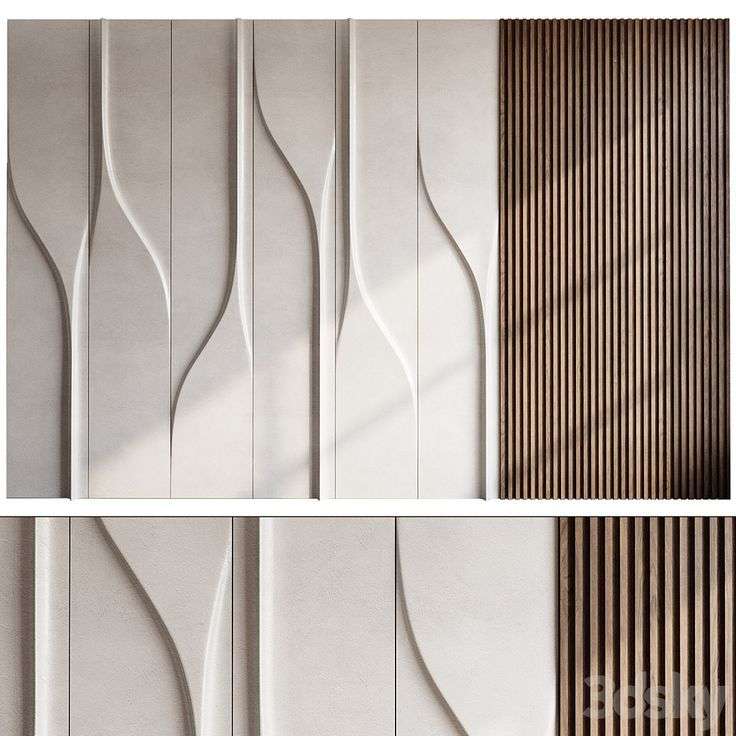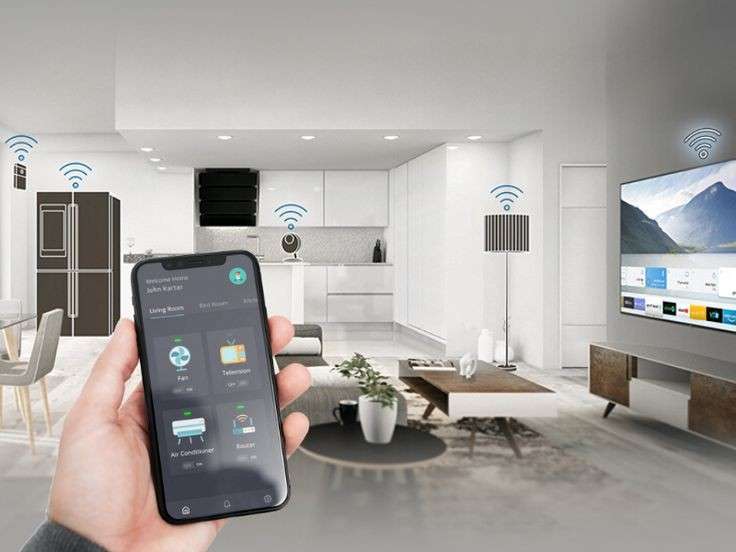
When we think about hospitality, we often focus on service, amenities, and the destination itself. But what truly elevates a guest’s experience is the environment they’re in—the ambiance, comfort, functionality, and overall design of the space. Hospitality design is the backbone of a memorable guest experience, helping shape perceptions, moods, and feelings that last long after the visit.
Whether it’s a boutique hotel, an upscale restaurant, or a resort, every hospitality space demands a thoughtful approach. From concept to execution, hospitality design is all about creating spaces that enhance comfort while reflecting a brand’s identity. In this guide, we’ll take a deep dive into the essential elements of hospitality design, how it influences guest satisfaction, and the latest trends in the industry.
What is Hospitality Design?
At its core, hospitality design is the process of designing spaces for businesses in the hospitality industry. It includes hotels, resorts, restaurants, cafes, spas, and other guest-facing establishments. The goal is to create environments that not only look great but also function seamlessly for both staff and guests.
The focus of hospitality design goes beyond aesthetics—it’s about creating a cohesive experience. From check-in to check-out (or from dining to lounging), every element should encourage comfort, relaxation, and satisfaction, all while aligning with the brand’s mission.
Key Elements of Hospitality Design:
- Creating a Welcoming Atmosphere: One of the most important aspects of hospitality design is setting the tone. The entryway or lobby is often the first place guests encounter, and it should immediately convey warmth and comfort.
- Lobby Design: Think open, spacious areas with ample seating and natural lighting. Comfortable furniture, welcoming colors, and thoughtful decoration set the tone for the rest of the experience.
- Ambiance: The choice of materials, colors, textures, and even scents plays a significant role in creating a welcoming atmosphere. Incorporating soft, natural elements like wood, stone, and plants brings a sense of tranquility and well-being.
- Guest Comfort and Convenience: Ensuring that guests feel at home is a key goal. In hospitality spaces, comfort extends beyond the bed or chair—it’s about creating an environment that feels like a natural extension of their needs.
- Ergonomics: Furniture should be comfortable and functional. Hotels and restaurants alike benefit from furnishings that provide comfort while maintaining their aesthetic appeal.
- Technology Integration: Technology has become integral in modern hospitality design. Smart systems for room control (lighting, temperature, entertainment) or even mobile check-ins make the guest experience more seamless and enjoyable.
- Optimizing Layout and Flow: Space planning is one of the most essential aspects of hospitality design. A thoughtfully planned layout enhances functionality and guides guests intuitively through the space.
- Public vs. Private Spaces: In hotels, design must strike a balance between public areas (lobbies, dining rooms) and private ones (guest rooms, suites). These spaces should flow naturally and support each other.
- Navigation and Accessibility: Guest navigation should be easy. Clear pathways, well-placed signage, and attention to accessibility ensure that everyone can easily find their way around, whether it’s a large resort or a small cafe.
- Reflecting Brand Identity: Every hospitality space should embody the personality and values of the brand. Whether it’s luxury or casual, contemporary or classic, the design should reflect what the brand stands for.
- Color Palettes and Materials: The choice of colors, textures, and materials should align with the overall message. A high-end hotel may opt for plush, rich fabrics and bold color schemes, while a laid-back beach resort might lean towards light, airy tones and natural materials like bamboo or linen.
- Local Influences: Incorporating local culture into the design can create a sense of place that resonates with guests. Use regional materials, artwork, and design influences to make the space feel more authentic and connected to its location.
- Sustainability and Eco-Conscious Design: Sustainability is not just a trend—it’s a necessity. Today’s guests are more environmentally aware, and businesses are rising to the occasion by integrating eco-friendly practices into their designs.
- Energy Efficiency: Incorporating energy-efficient lighting, heating, and cooling systems helps reduce operating costs and supports a greener environment.
- Materials and Sourcing: Using locally sourced, sustainable materials such as reclaimed wood, bamboo, or natural stone reduces the carbon footprint. Energy-saving appliances and waste-reduction systems also contribute to sustainable design.



